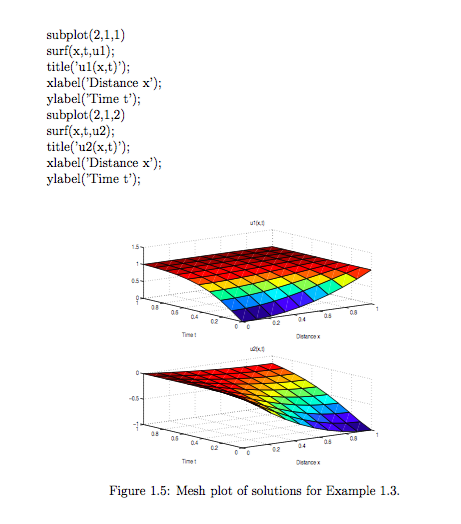Answered step by step
Verified Expert Solution
Question
1 Approved Answer
Please try to re-write the matlab codes in clear and nice way because I could not get the last two figures by using the written
Please try to re-write the matlab codes in clear and nice way because I could not get the last two figures by using the written codes. I want the codes that give me the last two figures:



Step by Step Solution
There are 3 Steps involved in it
Step: 1

Get Instant Access to Expert-Tailored Solutions
See step-by-step solutions with expert insights and AI powered tools for academic success
Step: 2

Step: 3

Ace Your Homework with AI
Get the answers you need in no time with our AI-driven, step-by-step assistance
Get Started


